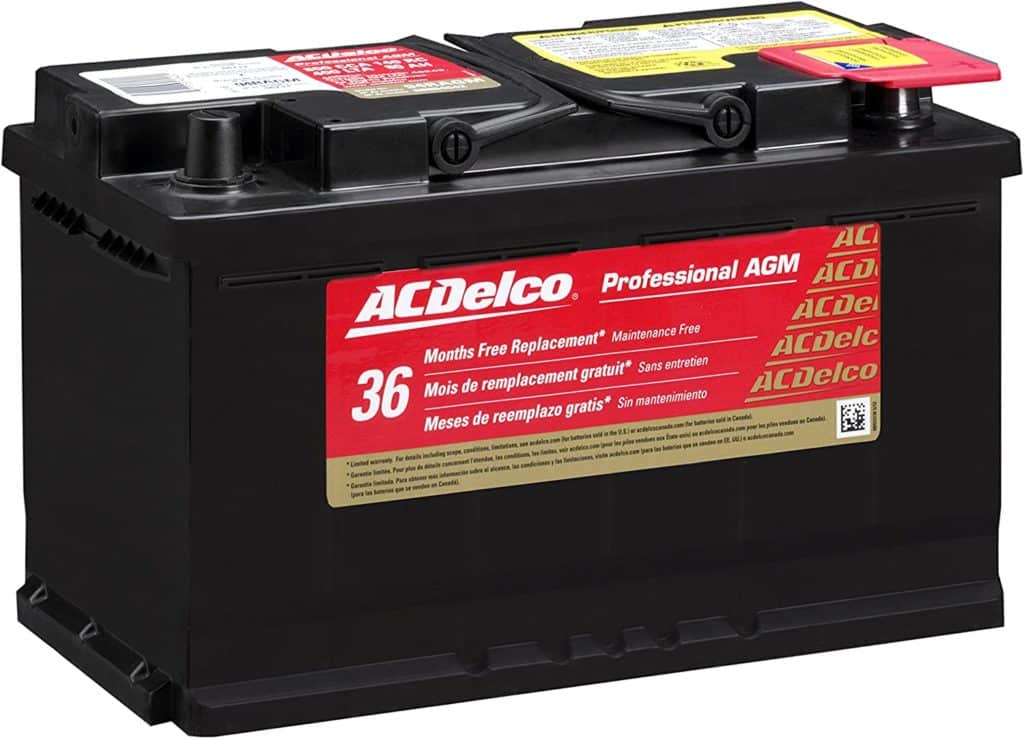Diesel engines have a unique ignition process where they don’t have spark plugs. In this blog we’ll cover what spark plugs and glow plugs are, the benefits and disadvantages of the two ignition types, and more!
What are Spark Plugs?
In a gasoline engine, spark plugs provide the spark that ignites the fuel-air mixture in the combustion chamber. This spark is created by an electrical current passing through the spark plug, which generates a spark that jumps across a small gap between the electrodes. The spark occurs when the piston is in the ideal position and the mixture is at the right pressure, and this helps to ensure the most efficient combustion possible.
Why Don’t Diesel Engines Have Spark Plugs?
Diesel engines don’t rely on spark plugs to ignite the fuel. Instead, they use a process called compression ignition. This means that the fuel is injected into the combustion chamber while the air is being compressed. As the air is compressed, it heats up, and when the fuel is injected, it combusts spontaneously, creating the power needed to move the pistons. This is why diesel engines are often referred to as compression-ignition engines.
What are Glow Plugs?
Glow plugs are heating elements that are used to preheat the air in the combustion chamber before the engine starts. This makes it easier for the fuel to ignite, and helps the engine start more quickly and smoothly. Glow plugs are typically used in diesel engines that are designed for use in colder climates, and they can be found in a variety of vehicles. So, while diesel engines do not use spark plugs, they do use glow plugs.
What is the Difference Between Spark Plugs and Glow Plugs?
The main difference between spark plugs and glow plugs is that spark plugs are used to ignite the fuel-air mixture in gasoline engines, while glow plugs are used to preheat the air for ignition in diesel engines. Both play an important role in ensuring that engines start and run smoothly, and both have their own unique set of pros and cons.
Benefits of Spark Plugs
There are several benefits to spark plugs, spark plugs have a high energy output, so they are able to produce a high-energy spark that is necessary to ignite the fuel-air mixture in the combustion chamber, which ensures efficient combustion and smooth engine operation. Second, they are easy to replace. Spark plugs are relatively easy to replace and can be done by most vehicle owners with basic tools. They are also widely available and can be purchased at most auto parts stores. Finally, spark plugs are relatively low maintenance. They typically have a long lifespan and require minimal maintenance, making them a cost-effective option for vehicle owners.
Disadvantages of Spark Plugs
Spark plugs also have a few disadvantages to their use. They need to be replaced periodically. Spark plugs need to be replaced at regular intervals, every 30,000 miles (48,280 km), approximately. Spark plugs can also fail if they get dirty or worn. They can become dirty or worn over time, which can cause them to fail and negatively impact engine performance. They can also be affected by heat, this might cause them to wear out faster in high-performance engines or in vehicles that are driven in hot climates. Replacing spark plugs can also be expensive. Some high-performance spark plugs can be very costly and may require a higher level of technical knowledge to install.
Benefits of Glow Plugs
Glow plugs offer several benefits for their ignition power. They have improved cold weather starting, which means that the diesel engine will start more quickly and with less cranking. Glow plugs have increased fuel efficiency. They improve combustion efficiency by heating the air in the chamber to help vaporize fuel more efficiently. This leads to less fuel consumption and lower emissions. Reduced emissions is also a benefit of its own, glow plugs help to reduce emissions by improving combustion efficiency and reducing unburnt fuel.
Disadvantages of Glow Plugs
Glow plugs do feature some disadvantages. They have a limited lifespan, so they will eventually need to be replaced. This can be caused by regular use and tear, corrosion, or exposure to high temperatures. The frequency of replacement will vary depending on the vehicle and driving conditions. If you have malfunctioning glow plugs, it can be expensive to replace them. Depending on the vehicle, the cost of replacement can range from a few hundred to several thousand dollars. This can be a significant expense for some vehicle owners. Finally, glow plug diagnosis and repair can be costly. This is because the system is complex and often requires specialized tools and knowledge to remedy effectively.
While spark plugs and glow plugs both play an important role in ensuring engines start and work to the best of their ability. They are used in different types of engines with similar pros and cons. It’s important for vehicle owners to understand the difference and to keep them in good working condition to ensure the engine runs effectively.
At DFC, we are Canada’s largest diesel remanufacturing facility and are proud of our diesel engines. We also have one of the best warranties in the industry, and our dealer network expands across Canada and the US. We remanufacture D-Dodge Cummins, F-Ford Powerstroke and C-Chevy/GMC Duramax, and also carry a large selection of parts.
If you need help with your diesel engine or are looking for a supplier, contact us to learn more about what we can do for you.






